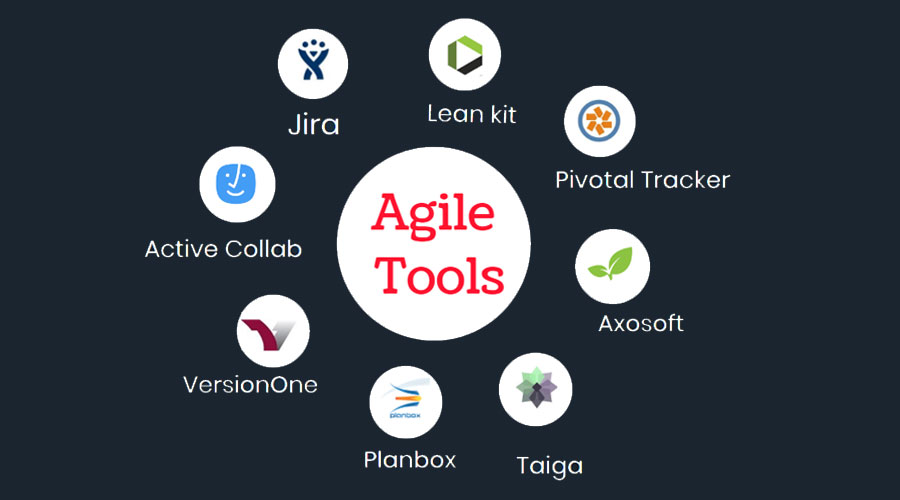
The landscape of Agile management tools in 2024 is diverse, offering solutions for various team sizes, methodologies, and budgets. Here’s an updated overview of some popular categories and their leading contenders:
All-in-one Platforms:
- Jira: Developed by Atlassian, Jira remains a popular choice for its comprehensive features supporting various Agile methodologies (Scrum, Kanban, Kanban-Scrum). It offers backlog management, sprint planning, issue tracking, reporting, and integrations with other Atlassian tools.
- Asana: Focuses on project management and task collaboration but offers Kanban boards and features like sprint planning and reporting, making it suitable for Agile teams. Integrates with various tools and offers a user-friendly interface.
- ClickUp: Offers a comprehensive platform with features for Agile project management, including sprint planning, backlog management, Kanban boards, reporting, and collaboration tools. It’s highly customizable and integrates with various platforms.
Kanban-focused Tools:
- Trello: Its simple and visual Kanban boards are popular for Agile teams, offering drag-and-drop task management, lists, and cards. It supports basic Agile features like sprint planning and swimlanes.
- Kanboard: An open-source Kanban board tool with customization options, allowing for flexible workflows. It supports features like task pipelines, WIP limits, and swimlanes, catering to diverse Agile needs.
- MeisterTask: Combines Kanban boards with features like automations, integrations, and mind maps. It offers freemium and paid plans with advanced functionalities for Agile teams.
Scrum-focused Tools:
- Scrumly: Designed specifically for Scrum teams, it offers backlog management, sprint planning, burndown charts, and reporting. Integrates with various tools and caters to Scrum methodology practices.
- ScrumDesk: Another Scrum-focused tool with features like backlog management, sprint planning, Kanban boards, and reporting. It offers a user-friendly interface and integrates with popular platforms.
- ScrumDo: A cloud-based Scrum tool with advanced features like custom workflows, reporting, and integrations with CI/CD pipelines. It caters to larger teams and complex Agile projects.
Open-source Alternatives:
- Redmine: An open-source project management tool with built-in Agile features like Kanban boards, issue tracking, and reporting. It offers flexibility and customization but requires technical expertise for setup and maintenance.
- MantisBT: Another open-source option with Agile features like issue tracking, burndown charts, and roadmaps. It’s lightweight and easy to set up but might lack some features compared to paid solutions.
Choosing the Right Tool:
- Team size and methodology: Smaller teams might prefer focused tools, while larger teams require scalability and support for multiple methodologies.
- Features and integrations: Consider essential Agile features like backlog management, sprint planning, reporting, and integrations with your existing tools.
- Budget: Open-source options exist, but paid tools often offer more features, support, and user-friendliness.
- Technical skills: Evaluate the technical expertise required for setup and maintenance, especially for open-source tools.
Emerging Trends:
- AI-powered Agile tools: These tools use AI to automate tasks, predict risks, and provide insights into team performance.
- Focus on collaboration and communication: Tools are increasingly integrating features for real-time communication, feedback, and knowledge sharing within Agile teams.
- Mobile-friendly options: Many tools now offer mobile apps for on-the-go access and task management.
The best Agile management tool is the one that aligns with your team’s specific needs, methodology, and workflow. Explore different options, consider free trials, and involve your team in the selection process to ensure a smooth and successful Agile adoption.
Say goodbye to the hassles of bike ownership! MotoShare.in offers affordable rentals, whether you need a scooter for errands, a bike for a road trip, or a reliable ride to explore new cities.

 Starting: 1st of Every Month
Starting: 1st of Every Month  +91 8409492687
+91 8409492687  Contact@DevOpsSchool.com
Contact@DevOpsSchool.com
